Thrash metal would’ve remained a roiling underground phenomenon had it not been for Metallica. As it is, the Bay Area quartet—which favored headbanging riffs, seething vocals and jackhammer drums—bent the mainstream to their will. In the ’80s, the band amassed a rabid fanbase and landed a major label record deal without radio or MTV support.
Metallica weren’t just haphazardly unleashing whiplash-inducing guitar hurricanes, however. Their intrinsic sense of dynamics lent gravitas to songs such as “Fade To Black” and “Welcome Home (Sanitarium),” and they were deliberate about arrangements. Even when the band were young, snotty and combative, they never shied away from traditional structures or melodies if it made sense for a song.
For Metallica, it all started with a May 1981 classified ad posted by Lars Ulrich in the Los Angeles newspaper The Recycler: “Drummer looking for other metal musicians to jam with. Tygers of Pan Tang, Diamond Head and Iron Maiden.”
Luckily for Ulrich, a vocalist/guitarist named James Hetfield answered the inquiry. Although the pair’s initial meeting was (at best) lukewarm, they shared an affinity for new wave of British heavy metal bands and decided to join forces a few months later.
With guitarist Dave Mustaine and bassist Ron McGovney also on board, the quartet took the name Metallica and played their first show on March 14, 1982. A plum opening gig for British heavy metallers Saxon followed two weeks later.
After that, Metallica continued to write and demo songs, culminating in that summer’s No Life ‘Til Leather demo tape. This release raised the band’s profile in the underground heavy metal scene considerably: Early versions of “Motorbreath,” “Seek & Destroy” and “Hit The Lights” glinted with menace and aggression, and were far faster and punk-influenced than the average tunes cranked out by American-bred metal bands.
Before Metallica recorded what was to be their debut, 1983’s Kill ‘Em All, they made two lineup changes: Bassist Cliff Burton replaced McGovney, and Mustaine was kicked out in favor of Exodus guitarist Kirk Hammett. The quartet also relocated to the Bay Area. The changes were reinvigorating: Kill ‘Em All lived up to the expectations set forth by No Life ‘Til Leather, and Metallica stoked a growing fanbase by also touring with underground faves Raven and Venom.
Another LP, Ride The Lightning, quickly followed in 1984. This record showed marked creative growth: Opening song “Fight Fire With Fire” began with almost medieval acoustic guitar picking before exploding into a maelstrom of breakneck-speed riffs, while the desolate, seven-minute “Fade To Black” was a churning meditation on suicide.
Ride The Lightning charted slightly better than Kill ‘Em All—it peaked at No. 100 on the album charts—and was enough to land Metallica a new record deal with Elektra Records. The band’s major label debut, 1986’s Master Of Puppets, was hardly a compromise, however: From the multi-movement title track and “Orion” to the bristling, taut, heavy metal opener “Battery,” the LP sounded punishing and challenging.
Tragically, six months after Master of Puppets‘ release, Burton died while Metallica was touring Europe, after the band’s tour bus hit a patch of ice and flipped over. Although devastated, Metallica pledged to soldier forward, and recruited Jason Newsted as his replacement.
1988’s …And Justice For All reflected the emotional bleakness of this time, although it also found Metallica exploring a slightly more streamlined strain of teeth-baring aggression. The band also made a music video for the single “One,” the first time they had made such a concession.
Incongruously enough, the band became MTV darlings with the release of their 1991 self-titled record. Known colloquially as The Black Album due to its stark cover, the Bob Rock-produced album featured sinewy, well-produced and introspective hard rock that was a nearly clean break from their ’80s output. “The Unforgiven” was even a dirge-like, acoustic-based song with clean harmonies.
For some fans, this new direction was polarizing. Although “Enter Sandman” and “Sad But True” were no less ferocious than previous songs, they lacked the band’s familiar ragged, thrash-metal edge. Metallica were no longer anybody’s best-kept secret—they were now one of the biggest bands in the world, on tour with hard rock titans Guns n’ Roses and playing stadiums. To date, The Black Album has sold 16 million albums.
Post-The Black Album commitments, Metallica were incredibly prolific. Studio sessions resulted in enough material for two albums, 1996’s Load and 1997’s Reload, both of which debuted at No. 1 on the Billboard charts. These albums also produced a slew of radio hits: “Until It Sleeps,” “King Nothing,” “Hero Of The Day” and “Fuel.” In 1999, the band also recorded two appearances with the San Francisco Symphony, which they released as S&M.
Newsted left the band in 2001, which left Metallica without a bassist as they prepared to record 2003’s St. Anger. The laborious genesis of that album—and Metallica’s dysfunctional band relationship and further internal cracks—emerged in the brutally honest 2004 documentary Some Kind of Monster. Still, bassist Robert Trujillo replaced Newsted in early 2003, and the Metallica juggernaut kept rolling forward.
2008’s Rick Rubin-produced Death Magnetic harkened back to their riff-centric days, while a 2011 collaboration with Lou Reed, Lulu, became one of the most polarizing (and obtuse) projects on their c.v. The latter also exemplified the creative spark that still smolders within the band: 30-plus years after forming, Metallica have no plans to retreat quietly from the spotlight.
Be the first to review “Metallica Ultimate Deluxe Edition 13CD” Cancel reply
This site uses Akismet to reduce spam. Learn how your comment data is processed.
Shipping & delivery
We are proud to offer international shipping services that currently operate in over 200 countries and islands world wide. Nothing means more to us than bringing our customers great value and service. We will continue to grow to meet the needs of all our customers, delivering a service beyond all expectation anywhere in the world.Do you ship worldwide?
Yes. We provide free shipping to over 200 countries around the world. However, there are some location we are unable to ship to. If you happen to be located in one of those countries we will contact you.What about customs?
We are not responsible for any custom fees once the items have shipped. By purchasing our products, you consent that one or more packages may be shipped to you and may get custom fees when they arrive to your country.How long does shipping take?
Shipping time varies by location. These are our estimates:| LOCATION | *ESTIMATED SHIPPING TIME |
|---|---|
| United States | 1-3 Weeks |
| Canada, Europe | 2-3 Weeks |
| Australia, New Zealand | 1-3 Weeks |
| Mexico, Central America, South America | 2-4 Weeks |


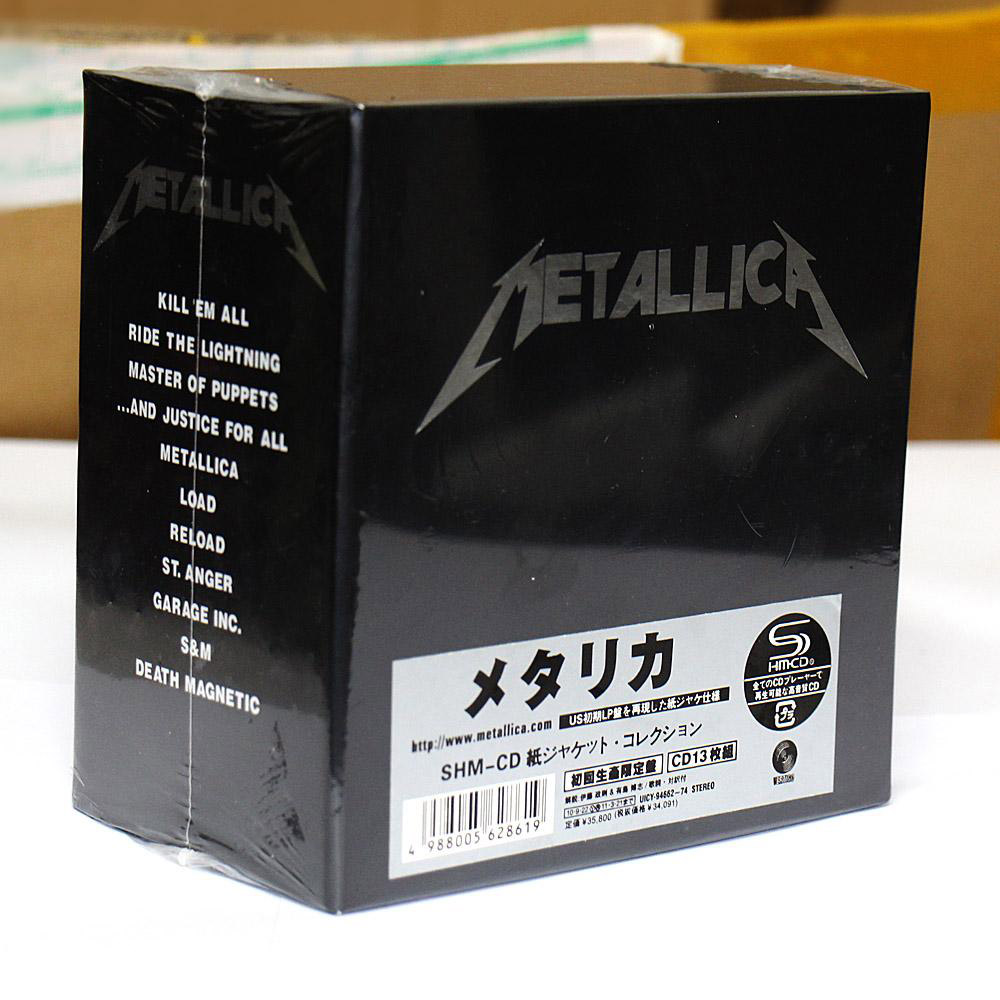
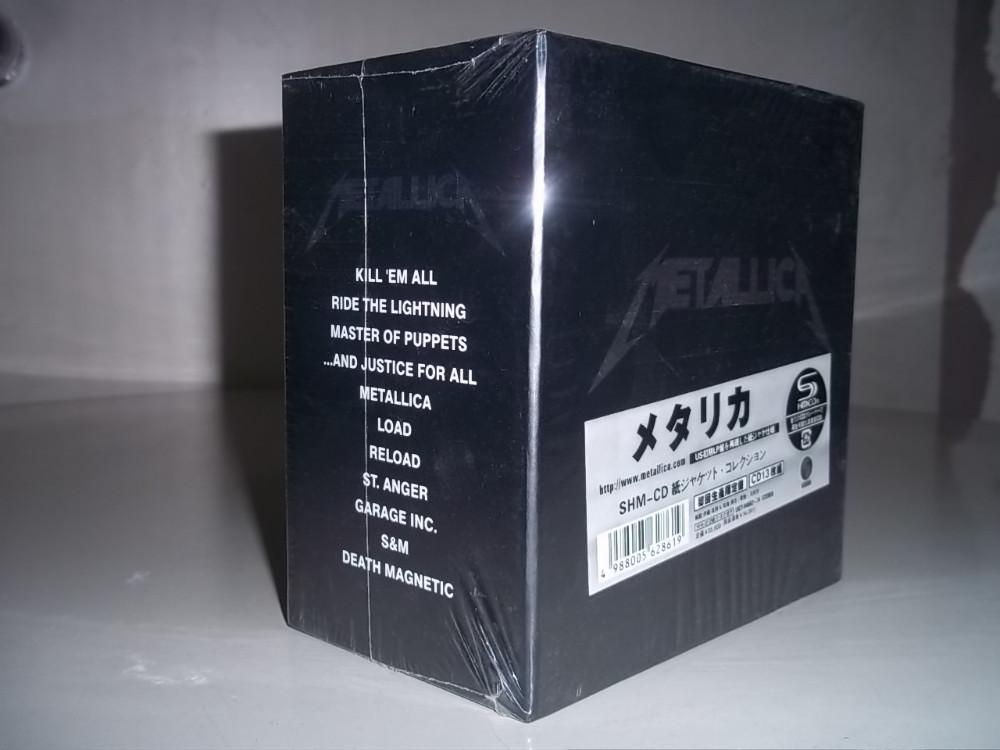
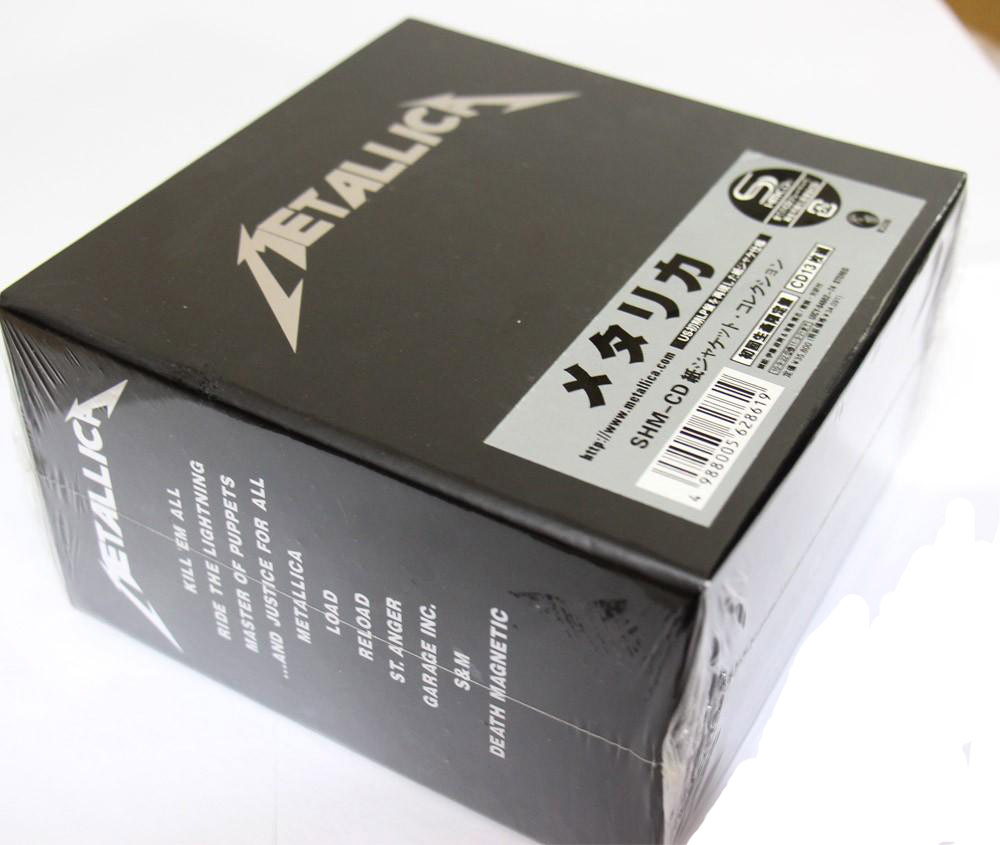
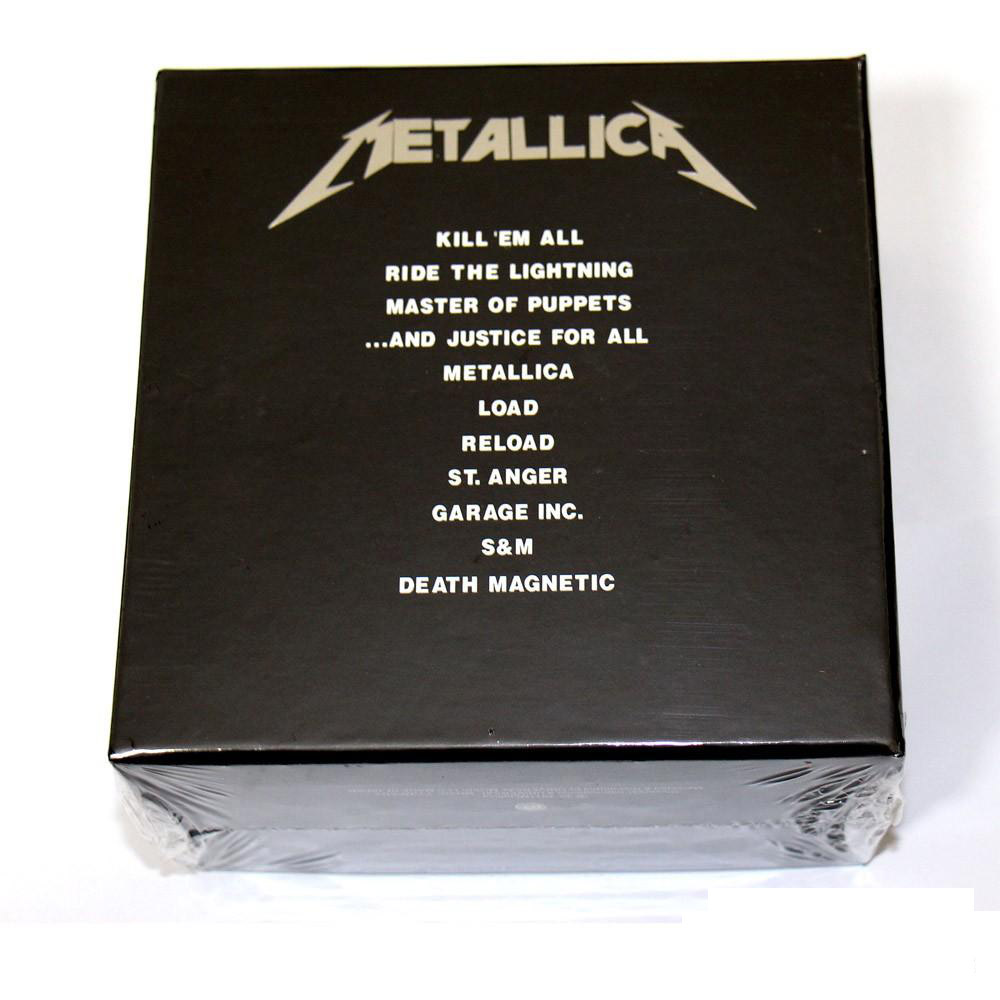
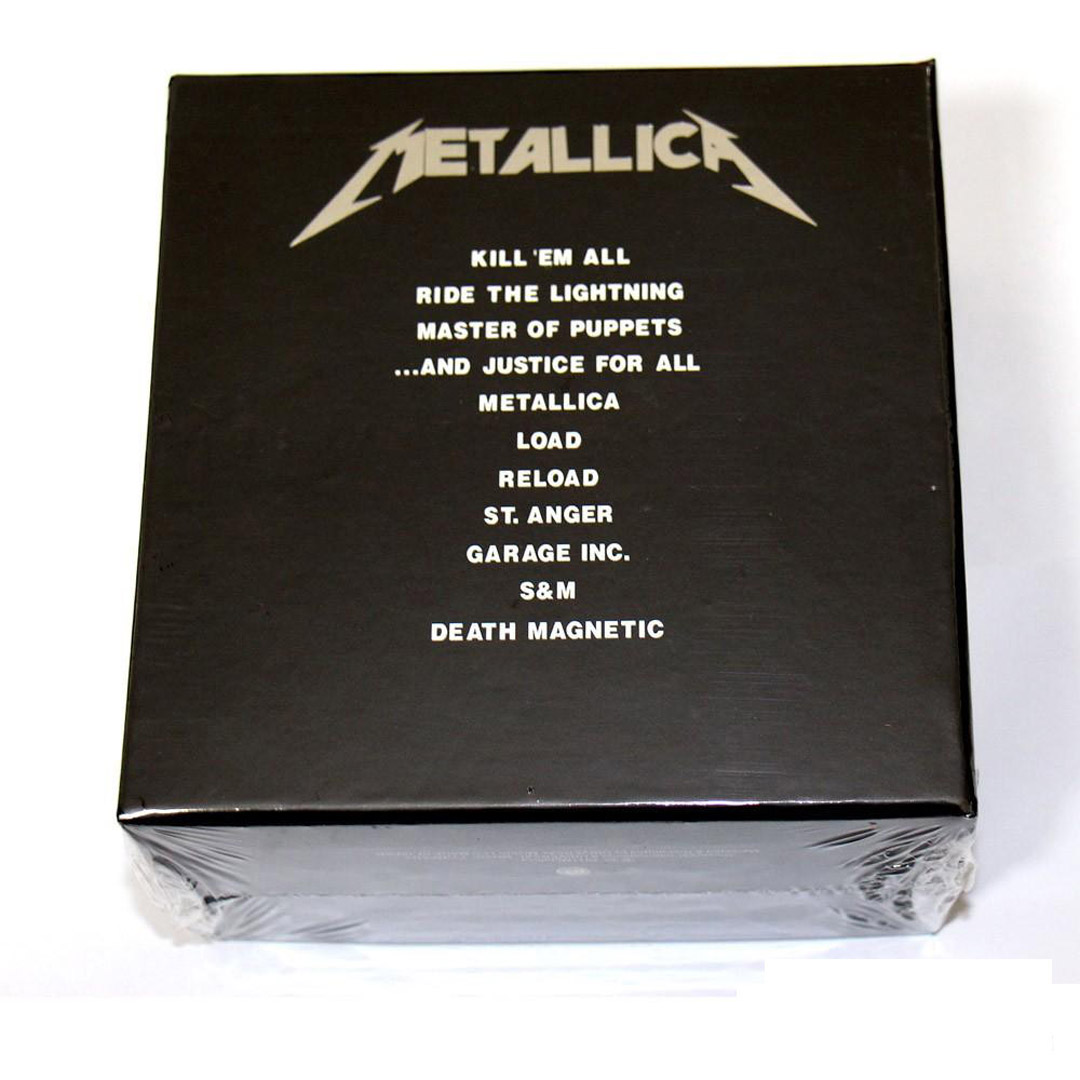

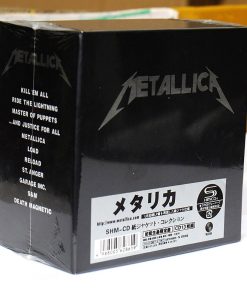
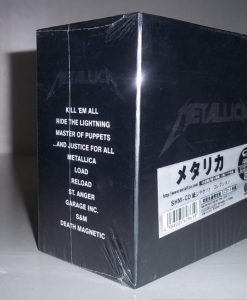
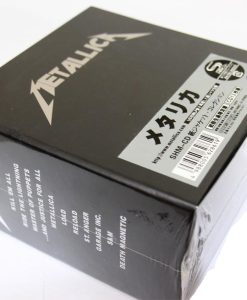
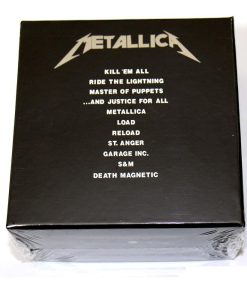
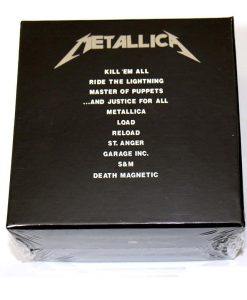
Reviews
There are no reviews yet.